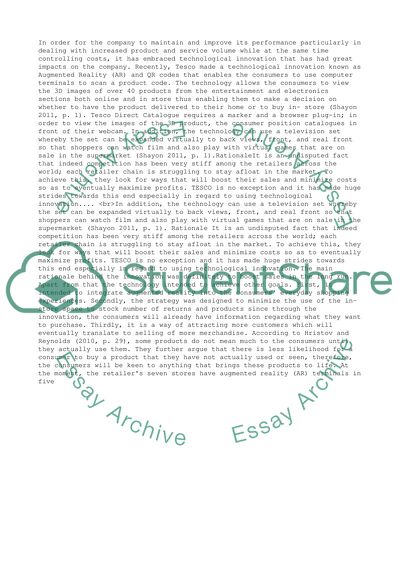Cite this document
(“Implemented Workplace Technology in TESCO Company Essay”, n.d.)
Implemented Workplace Technology in TESCO Company Essay. Retrieved from https://studentshare.org/management/1441195-impact-of-technology
Implemented Workplace Technology in TESCO Company Essay. Retrieved from https://studentshare.org/management/1441195-impact-of-technology
(Implemented Workplace Technology in TESCO Company Essay)
Implemented Workplace Technology in TESCO Company Essay. https://studentshare.org/management/1441195-impact-of-technology.
Implemented Workplace Technology in TESCO Company Essay. https://studentshare.org/management/1441195-impact-of-technology.
“Implemented Workplace Technology in TESCO Company Essay”, n.d. https://studentshare.org/management/1441195-impact-of-technology.


